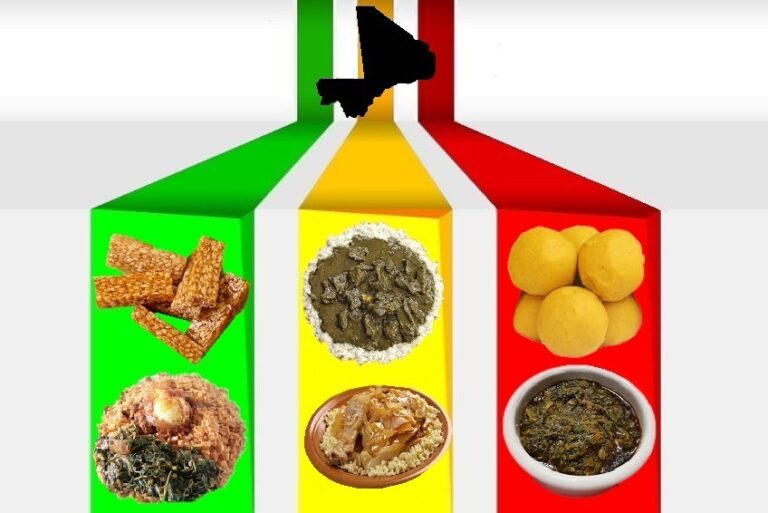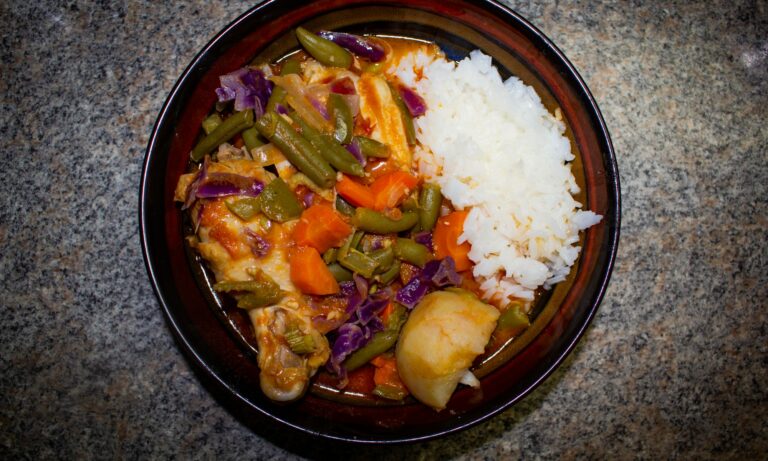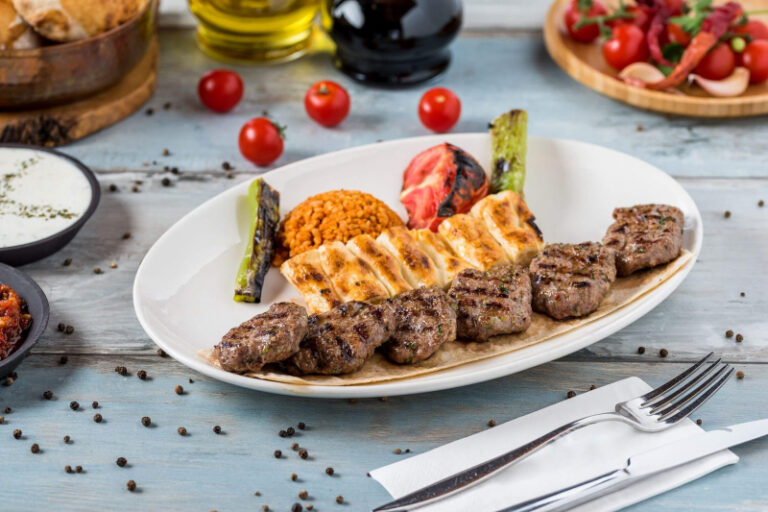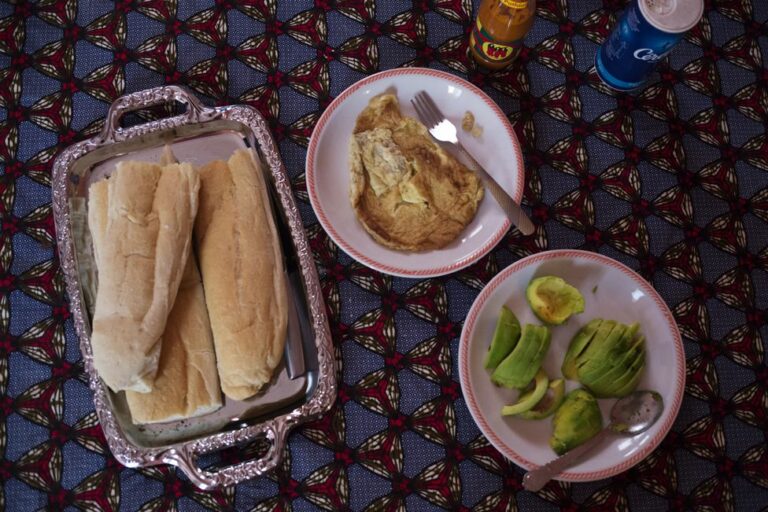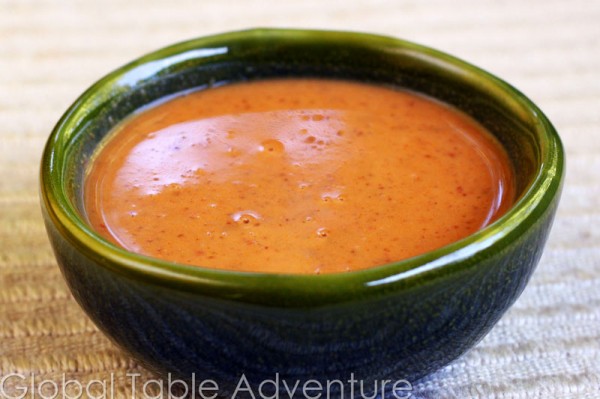Introduction: What is Malian cuisine?
Malian cuisine refers to the food and culinary practices of Mali, a landlocked country in West Africa. Mali is home to a diverse range of ethnic groups, each with its own unique food culture. The cuisine is characterized by its use of a wide variety of grains, vegetables, meats, and spices, and it is known for its bold flavors and hearty, satisfying meals.
Staple foods and ingredients in Malian cuisine
Malian cuisine relies heavily on grains, particularly millet, sorghum, and rice. These grains are used to make a variety of dishes, including porridges, bread, and couscous. Vegetables such as tomatoes, onions, and eggplants are also commonly used, as are meats like beef, goat, and chicken. Spices like ginger, garlic, and chili peppers are used to add flavor and depth to dishes, and peanuts are a common ingredient, often used to make sauces and stews.
Traditional dishes in Malian cuisine
One of the most well-known dishes in Malian cuisine is tô, a thick porridge made from millet or sorghum flour. It is often served with a spicy sauce made from tomatoes, onions, and chili peppers, and is a staple food in many Malian households. Other popular dishes include riz au gras, a rice dish made with meat and vegetables, and maafe, a peanut stew made with meat or fish and served with rice or couscous.
Influences on Malian cuisine
Malian cuisine has been influenced by a variety of cultures, including those of the Fulani, Bambara, and Tuareg peoples. Arab and European influences are also evident in the cuisine, particularly in the use of spices and bread. Additionally, the cuisine of neighboring countries such as Senegal and Guinea has had an impact on Malian food culture.
Eating customs and etiquette in Mali
In Mali, it is customary to eat with your hands, using pieces of bread or flatbread to scoop up food from a communal dish. It is considered impolite to eat with your left hand, as it is traditionally used for hygiene purposes. It is also customary to share food with others and to offer guests the best portions of a dish.
Conclusion: Exploring Malian cuisine
Malian cuisine is a rich and diverse culinary tradition that reflects the country’s history, culture, and geography. From hearty stews to flavorful sauces, Malian dishes offer a bold and satisfying eating experience. Whether you are exploring the cuisine in a local restaurant or trying your hand at cooking traditional dishes at home, Malian food is sure to leave a lasting impression.

